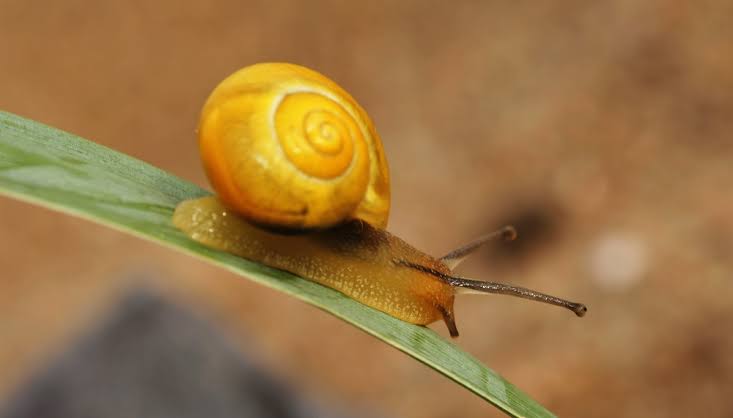India is ecstatic to welcome the newest species of freshwater snails, found recently in the foothills of the northeastern state of Mizoram. Scientifically named as Pila mizoramensis, the species is the sixth member of the Pila genus from India and the second to inhabit hill streams. It is commonly known as Apple Snail.
About Apple Snails:
The apple snail or Ampullariidae are common freshwater snails found in tropical areas around the world.
The apple snail family is divided into several genera, of which, Asolene, Felipponea, Marisa, and Pomacea are the New World genera found commonly in South America, Central America, the West Indies, and the Southern U.S.A., while the genera Afropomus, Lanistes, and Saulea are found in Africa. On the other hand, the genus Pila is native of both Africa and Asia.
About new snail species, found in Mizoram (Pila mizoramensis):
The species, commonly named Mizoram Apple Snail, has a diameter and shell height of about 2.5 cm. The perennial habitat of this freshwater snail is waterfalls.
So far, there are only two species of Pila in India, restricted to either the streams or found in the northern Western Ghats.
How were they discovered?
In July 2017, the Ashoka Trust for Research in Ecology and the Environment (ATREE), Bangalore planned an expedition to the Blue Mountain National Park in Mizoram to study land snails. While returning, they explored a waterfall near the National Highway for freshwater snails and fortunately came across India’s newest species of freshwater snails.
The snails were among algae and semi-aquatic plants in the splash zones of the waterfalls. The area in which they were found had a temperature of not more than 25 degrees celsius with an average annual rainfall of over 2500 mm.
Nomenclature: (how were they named?)
Morphological, anatomical, and phylogenetic studies were conducted to provide a detailed description of the species. At first, the shell characteristics were ascertained, as to whether it was left or right coiled.
The Mizoram Apple snail or Pila mizoramensis was right coiled. The DNA studies showed that it was closely associated with the Southeast Asian species of Pila virescens.
Threats faced:
The location where the first sample of the new species was found, already faces threats owing to human intervention and encroachment.
Mindless human activities like dumping garbage, washing vehicles near the falls, etc. play a crucial role in hampering the living conditions and natural habitat of the freshwater snails.
What it means for India?
The discovery of new species of flora and fauna is indicative of ecosystem health. It reflects the geographical and topographical changes that an ecosystem went through over the years.
Further, it facilitates new studies and adds to India’s vast biodiversity. The study of the newly found species of freshwater snails was conducted by ATREE in collaboration with the Indian Institute of Science (IISC), Bangalore, and the Indian Institute of Scientific Education and Research (IISER), Thiruvananthapuram.
The team has also planned to conduct more studies to understand the extent of this snail’s distribution in the Northeast Indian region, its reproductive biology, ecology, and response to habitat disturbances.






















 WhatsApp us
WhatsApp us